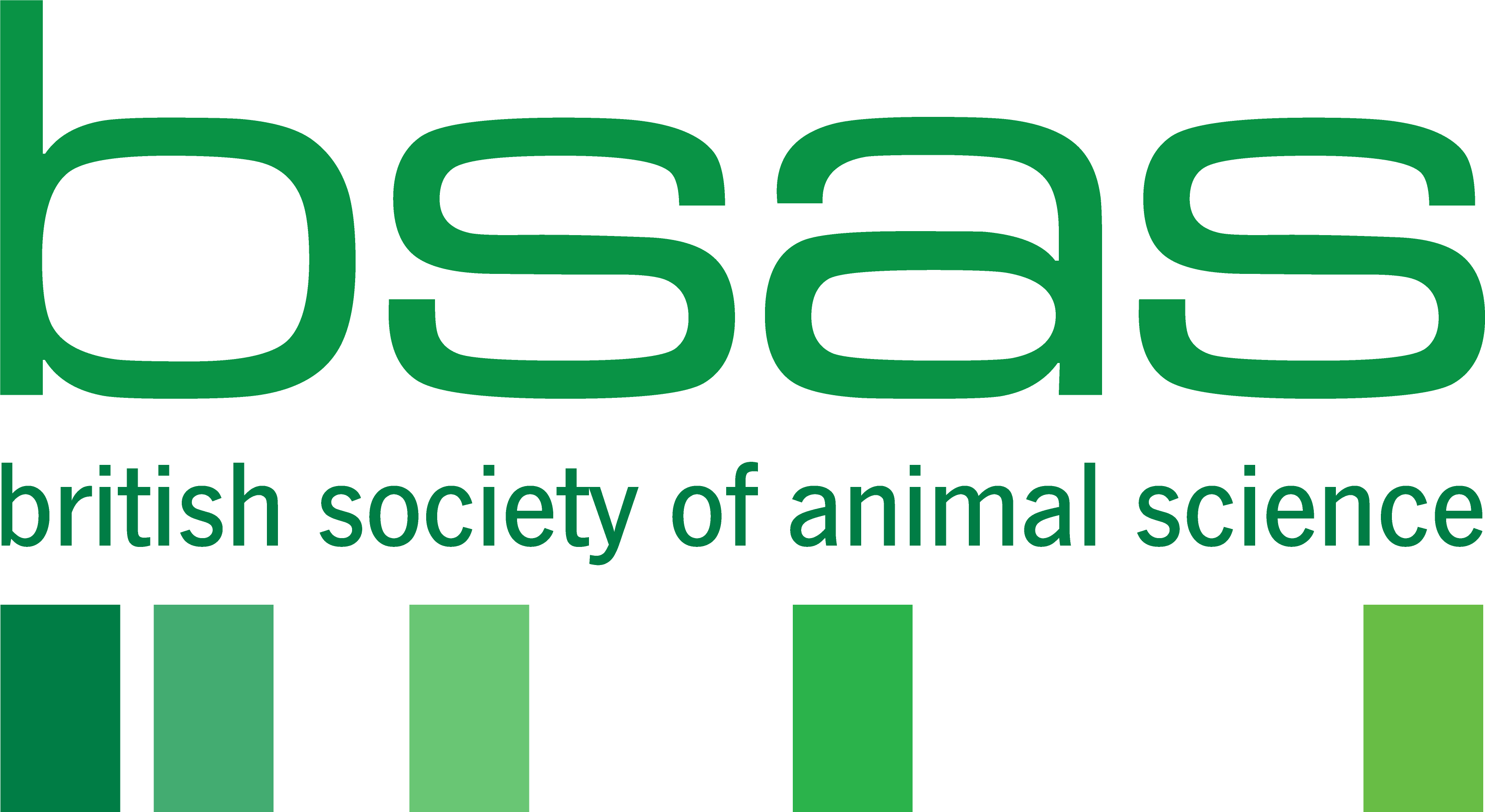Application of Near Infrared Spectroscopy (NIRS) to Measure the Composition of Mare’s Colostrum and Milk
This study was shortlisted for the 2023 Thesis of the Year Award and completed as part of Laura Dayot’s studies for a BSc Equine Science from University of Limerick.
Summarised by: Georgie Smith
Take away message: NIRS offers an accessible and accurate way to assess crude protein and pH of colostrum from the mare.
Introduction and aims
Foals are born immunodeficient and rely on immunoglobulins provided through ingestion of colostrum to kick start their immune system. Passive transfer of immunity from mare to foal via colostrum must happen within the first 24 hours of life as, without it, foals are highly vulnerable to disease and their chance of survival is low. Therefore, ability to assess colostrum (and milk) quality quickly and easily is of utmost importance to breeders/owners. A key measure of quality is protein concentration, specifically immunoglobulin G (IgG) but quality can vary greatly and be influenced by mare diet, age, breed and parity. NIRS offers a way to quantify various components of colostrum and milk with immediate results, offering opportunities for breeders/owners to step in if needing to provide any supplementary nutrients to mare or foal.
The aim of this study was to use NIRS and develop calibration models to measure crude protein (CP), non-protein nitrogen (NPN), true protein (TP), and pH in colostrum and milk from the mare.
Methods
Reference data were collected using traditional chemistry techniques such as Kjeldahl and protein precipitation which served as a base line to develop calibration models for the NIRS results. Equations were selected for calibration based on lowest standard error cross validation value and variance ratio. To ascertain how valid the NIRS results were, correlations were used to compare to the reference data and assessed via R2 values as per the table below:
|
Table 1. Summary of the values which determine correlation coefficient (R2) ranges and their indications, (Source: Williams and Norris 1987; Manley 2014; Ikoyi and Younge 2022) Correlation Coefficient (R2) |
|||
|
Calibration |
Validation |
||
|
R2 Value |
Indication |
R2 Value |
Indication |
|
0.75–1.0 |
Acceptable calibration equation |
> 0.95 |
Excellent, favourable |
|
0.30–0.74 |
Useful for differentiating |
0.9–0.95 |
Good |
|
< 0.30 |
Not useful |
0.8–0.9 |
Quite good |
|
0.7–0.8 |
Quite useful |
||
|
0.5 – 0.7 |
Acceptable |
||
|
< 0.5 |
Unreliable |
||
Key findings
Colostrum had a much higher crude protein content than milk (p<0.001) with similar pH which was expected, given the literature. Age impacted colostrum crude protein content with significant differences between the 5-9 years and 15-20 years categories (p<0.05); the more aged group having lower crude protein values. Interestingly, significant impact of age was not seen in crude protein content of milk.
NIRS proved to be accurate for predicting crude protein and pH of colostrum, and acceptable for crude protein in milk but other parameters require improvement. Milk often gave poorer predictions than colostrum, likely due to increased water content as water will influence the NIR waves.
Conclusion
NIRS may offer a reliable tool to assess quality of colostrum and milk but further investigation is needed before it would be likely to replace current methods
